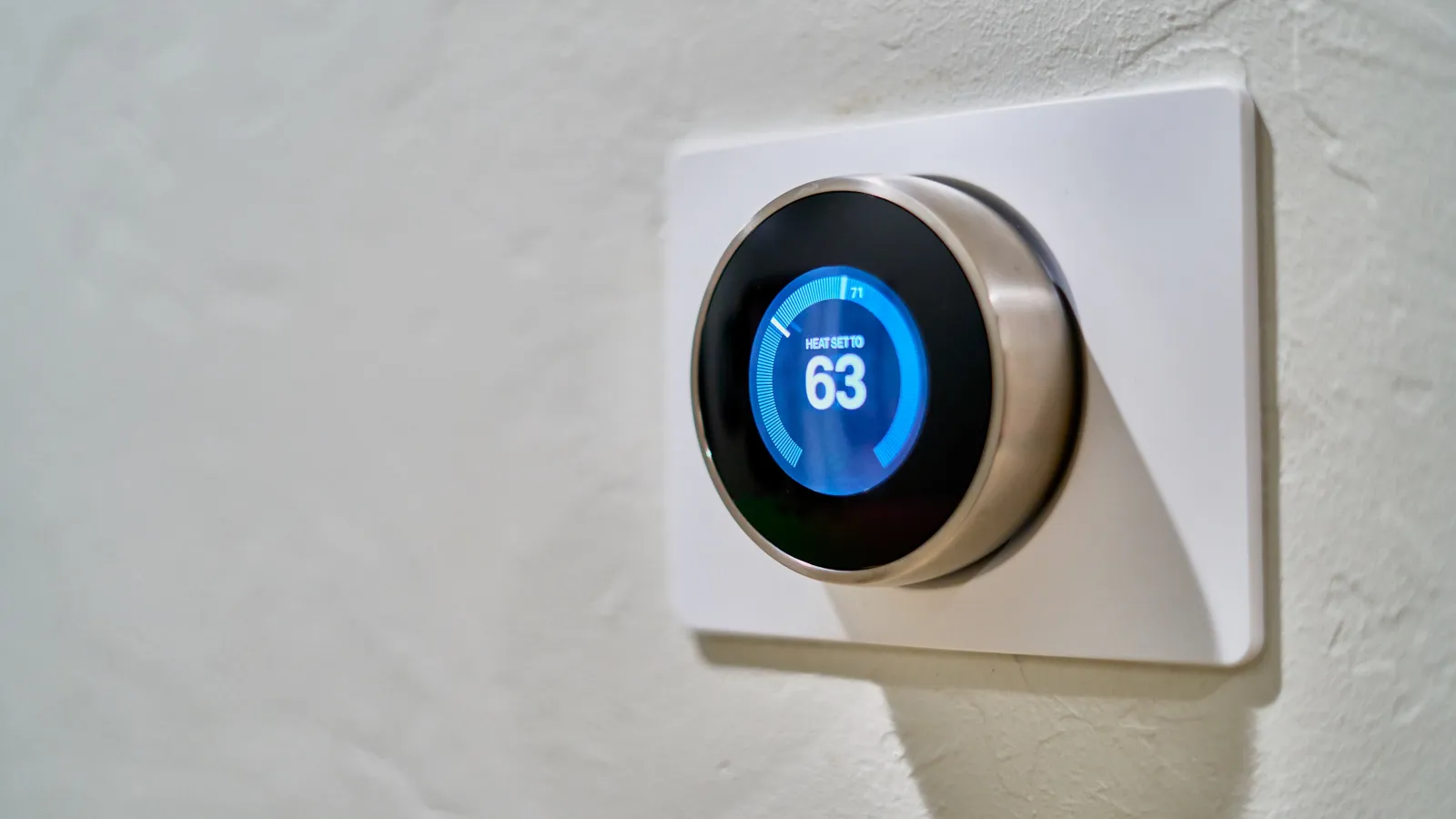7 Savvy Furnace Safety Tips to Protect Your Family

Winter weather impacts every part of the country differently. For example, in the greater Atlanta area, thankfully we avoid huge blizzards and sub-zero temperatures. However, we do see lower temperatures that impact our home comfort. As a result, we still rely on the standard home heating, such as furnaces and boilers. Plus, extended cold temperatures mean extensive use of your heating system. To help, please find some common (and important) furnace safety tips to protect your family!
#1 - Furnace Safety Starts with Understanding Your Furnace
From the pilot light to the gas valve and furnace burner, understanding the basic operations of your main source of heat remains a crucial safety step. For example, inspecting and changing the filter every month to keeping flammable (or combustible) objects away from the furnace are part of understanding how a furnace works. Additionally, Health Safety, explains why furnace safety matters.
"Understanding the dos and don'ts with your furnace room are the best ways to insure your family's safety during the winter months. Gas furnaces are widely used throughout the country and rarely cause severe injury or death. Safety precautions, however, should be followed."
#2 - Keep Furnace Registers Clear
Part of furnace safety means ensuring heated air enters your living space. As a result, keep at least 20% of your furnace registers clear and not closed off. Why? Total Home Supply explains the safety risk of heat build up in your home.
"Don't close off more 20% of the furnace registers in your house. This can cause unnecessary heat build-up and affect the efficiency. Make sure to avoid obstructing registers as well, and keep them free of lint, dust, and pet hair by vacuuming them at least once a month."
#3 - Watch Out for Alternative Heating Fire Risks
According to the National Fire Protection Association (NFPA), heating is the second-leading cause of home fires, deaths and injuries in the U.S.. Additionally, NFPA notes that the winter (i.e., December, January and February) remain the peak months for heating fires. Typically, alternative heat sources (i.e., space heaters) remain responsible for these fires. Therefore, improve your safety by reducing drafty rooms, which may trigger the use of space heaters. However, if needed, the Red Cross shares some safety guidelines.
"All heaters need space. Keep children, pets, and things that can burn (paper, matches, bedding, furniture, clothing, carpets, and rugs) at least three feet away from heating equipment. If you must use a space heater, place it on a level, hard and non-flammable surface (such as ceramic tile floor), not on rugs, carpets, or near bedding or drapes. Plug power cords directly into outlets - never into an extension cord. Never leave a fire in the fireplace unattended, and use a glass or metal fire screen to keep fire and embers in the fireplace. Never use a cooking range or oven to heat your home. Turn off portable space heaters every time you leave the room or go to sleep."
#4: Understand Fireplace Safety
Related to alternative heating, many homes contain fireplaces, which obviously needs to be used with care. Although sitting by the fire remains a great winter activity, not using a fireplace correctly quickly becomes a fire hazard. House Logic offers some great fireplace safety tips, such as burning dry logs and more.
"Burn dry, cured wood. That is, logs that have been split, stacked, and dried for eight to 12 months. Cover your log pile on top, but leave the sides open for airflow. Hardwoods such as hickory, white oak, beech, sugar maple, and white ash burn longest, though dry firewood is more important than the species. Less dense woods like spruce or white pine burn well if sufficiently dry, but you'll need to add more wood to your fire more often, according to the Chimney Safety Institute of America (CSIA). Plus burn firewood because crates, lumber, construction scraps, painted wood, or other treated wood releases chemicals into your home, compromising air quality. Log starters are fine for getting your wood fireplace going, but they burn very hot; generally, only use one at a time.
Finally, keep the damper of your wood fireplace completely open to increase draw in the early stages. Burn the fire hot, at least occasionally—with the damper all the way open to help prevent smoke from lingering in the fireplace and creosote from developing."
#5: Maintain Consistent Home Temperatures
Many homes include some automation. In particular, many of us rely on programmable thermostats that help maintain home temperatures. Maintaining consistent (or moving temperatures slowly) helps reduce damaging furnace issues. As a result, allow time for your home to heat up during the day (or cool down at night). The Weather Channel explains why slow and steady help your home safety (and wallet).
"When coming home to a cold house, it might be tempting to turn the heater up into the 80s to try to heat it faster. But thermostats don't work like an accelerator on a car and turning the heat up to blistering levels won't warm your home faster. So just be patient and it will save you money."
#6: Furnace Safety Helps Prevent Frozen Pipes
According to the Insurance Institute for Business & Home Safety, burst pipes can lead to more than $5,000 in water damage. Therefore, if you notice that water stopped flowing from the faucets, your pipes may have frozen. However, Farmers Insurance provides some steps that help prevent frozen pipes.
"Don't turn the heat down too much when you're out of the house. You may not be there to enjoy it, but your pipes need the heat to prevent freezing. Additionally, let faucets drip during serious cold snaps to provide relief for your pipes. Plus, Give your home a once over for any exposed or vulnerable piping, and wrap them with insulation. Hardware stores usually carry foam rubber or fiberglass sleeves for pipes, which are easy to install. Also, caulk up cracks or holes in your walls to keep cold air away from pipes. This might not be practical for the average homeowner, so speak to a trusted contractor. Finally, if your pipes do freeze, and water stops flowing from faucets, call a plumber immediately!"
#7: Test Your Smoke and Carbon Monoxide Detectors
During the winter, our risk of carbon monoxide poisoning increases because we sit inside with tight air circulation and heavy use of home heating. Therefore, take some time and test the batteries in your smoke and carbon monoxide detectors and replace them regularly to ensure these monitors are in working order throughout the year. Furnace safety includes fire prevention, which means testing alarms.
"NFPA 72, National Fire Alarm Code®, requires replacing smoke alarms at least every 10 years. However, most people are unaware of this requirement. As a result, many homes rely on smoke alarms past their expiration date, which puts families at increased risk. If you don't know the age of your smoke alarm, then check the date of manufacture on the back. It is vital to check all of the smoke alarms and ensure they are replaced every 10 years. In addition to replacing your smoke alarm every 10 years, remember that the alarm should be tested monthly and batteries should be changed annually. If you hear that chirping sound, then that is your alarm signaling you the batteries are low."
If you have any questions about your home furnace safety or anything with your heating system, please don't hesitate to contact Snappy Electric, Plumbing, Heating, & Air today.

